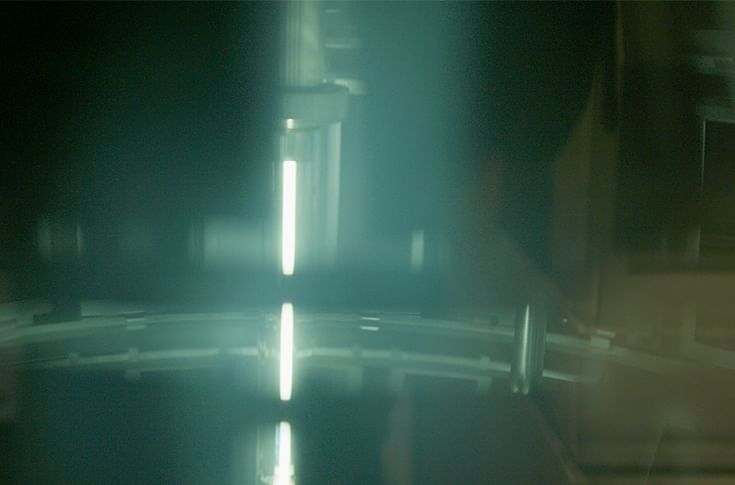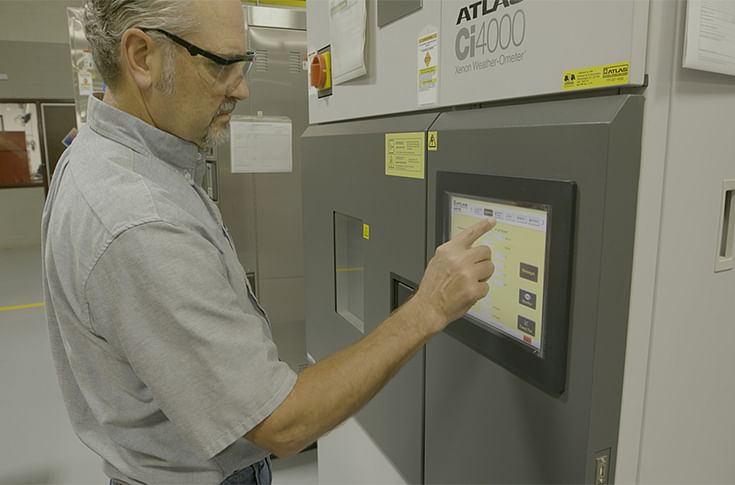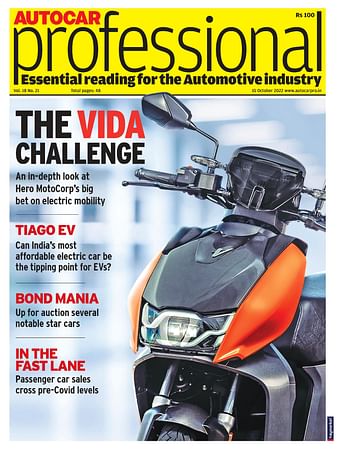Nissan engineers test sun damage without the sun
Nissan also uses the weather chamber to replicate conditions that occur in a natural environment.
Nissan’s engineers in Michigan are performing sunlight UV exposure tests even under the darkest day of the year thanks to the Xenon Weather-Ometer (XWO) tool that evaluates material durability in different climate conditions.
To evaluate the effects of solar energy on paint and other materials, a 4,000-watt Xenon bulb bakes nearly 100 samples at the same wavelengths as the sun. Samples rotate around the Xenon bulb to imitate earth's orbit – and because the ‘sun can shine’ 24 hours a day, it takes half the time to test paint samples. Engineers observe the material samples through a series of cycles to investigate changes and ensure top durability and quality for Nissan customers.

Nissan engineers use the Xenon Weather-Ometer (XWO) to evaluate material durability in different climate conditions
"In addition to rigorous real-world tests, this tool allows us to create harsh environments," said Doug Prytula, technician, body and chassis testing, Nissan North America. "It is one more step we take to ensure Nissan's quality standards are second-to-none."

Doug Prytula, a body and chassis testing technician at Nissan North America, programs the Xenon Weather-Ometer (XWO) machine
Nissan uses test environments like the XWO accelerated weather chamber to replicate conditions that occur in a natural environment, right inside the lab. These test cells expose various types of material samples to a wide range of conditions that a vehicle may face throughout its lifecycle.
RELATED ARTICLES
Sept 2024 From R&D incentives to EV infrastructure: What auto components industry expects from Budget 2024
Sept 2024 From R&D incentives to EV infrastructure: What auto components industry expects from Budget 2024
US car majors hit the brakes on driverless cars
Ford Motor and Volkswagen to close self-driving startup Argo AI, due to lack of technology and clear regulations.
Autoliv and Geely to develop advanced safety tech for future vehicles
Scope of cooperation includes safety for high-level autonomous driving, intelligent steering wheel technology, a 360deg ...







 By Autocar Pro News Desk
By Autocar Pro News Desk
 21 Dec 2018
21 Dec 2018
 2819 Views
2819 Views









